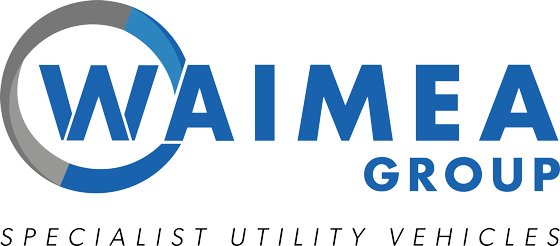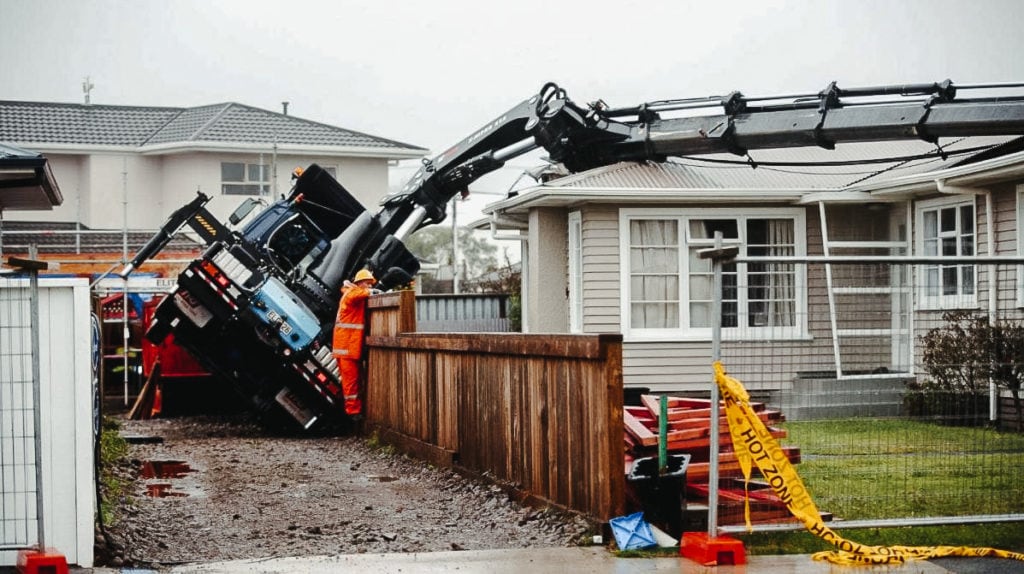Short Jacking: Risk Mitigation for Crane & Fleet Operators
Short jacking, the activity of operating a crane without the outriggers fully extended to one side of the truck, has been an increasing area of concern for fleet operators in the power utility sector. This practice has seen several trucks tip over as the load is inadvertently moved past the trucks centre of gravity and the weight bears on the short jacked side of the truck.
One of the most common crane models in this is the Palfinger PK17.001 which has been designed as what we call a ‘dumb’ crane. This electronic simplicity has put it at real risk of unsafe practice out in the field. Along with much older cranes that don’t have the electronic positional load management, short jacking becomes a practice that as fleet managers and crane operators, we have to be acutely aware of and plan for.
So the inevitable question: How can I mitigate this risk without replacing my existing cranes?
The good news is that you don’t need to replace your crane! However, you do have a serious health and safety obligation to carefully consider for the scenario where operators may be required to short jack a crane and put in place a procedure to mitigate this risk.
It’s important to note that all truck mounted loader cranes are designed to have the outriggers (or stabilizers) fully extended. All crane operating manuals and standards make this clear. We are aware that in reality our crews are occasionally in situations where there is not enough room to extend a particular outrigger given the conditions of a work site. In these situations, we cannot leave our operators without clear operating instructions to ensure the safety of all site personnel and equipment.
Waimea Group have worked with a number of power utility contractors to help with load testing and operator training to establish the safe lift zone on each specific truck. This process has been supported by Worksafe as a means of practically addressing the dangers. In addition to this, we’ve put a method statement in place that ensures operators don’t inadvertently put themselves or others in danger. By recognising the set up specifics this allows them to always maintain truck stability.
This process involves visiting each crane truck and setting it up in a ‘short jacked’ scenario, then testing its stability with a range of loads and operating positions. These results are captured and represented into a customised load chart for that specific crane and truck configuration. This provides clear guidelines to an operator if they have been forced through site circumstance to set the crane up in a short jack scenario. Operators are trained on the dangers of short jacking and the zonal diagram that has been provided for the truck to guide them through the activity they are conducting.
Credits: Andy Jackson/Stuff Ltd
It is important to note that short jacking is not recommended by the manufacturers unless there is an electronic means of restricting the lift zone. The responsibility falls directly on the operator to follow the correct safe working procedure provided as a result of the stability tests. The removal of risk becomes the function of a new range of electronic cranes with positional load management to restrict danger zones without requiring operator control and oversite.
If I am purchasing a new crane, what should I be considering to make short jacking safe?
There are both Palfinger and Hiab cranes available that have technology which removes the risk of instability caused by short jacking. When considering for future crane truck build ups, it is our recommendation to upgrade from what has been an industry standard Palfinger PK17.001 SLD1 to the new PK19.001 SLD5 which has what Palfinger call HPSC.
Palfinger offer several models with HPSC, and Hiab call their systems VSL. These systems have sensors on the outriggers which detect if an outrigger beam is not fully extended and restrict the lift zone accordingly.
Short jacking represents a genuine risk to our site personnel and to equipment safety. However, the practice does not need to result in an accident. If your fleet consists of older cranes that don’t have electronic load management systems, and you don’t intend to upgrade in the near future, there are solutions to ensure worker safety is maintained. We should all be aware that ‘no action’ is not acceptable and we would advocate that anyone responsible for fleet operations or health and safety ascertains whether short jacking is happening and appropriate.


